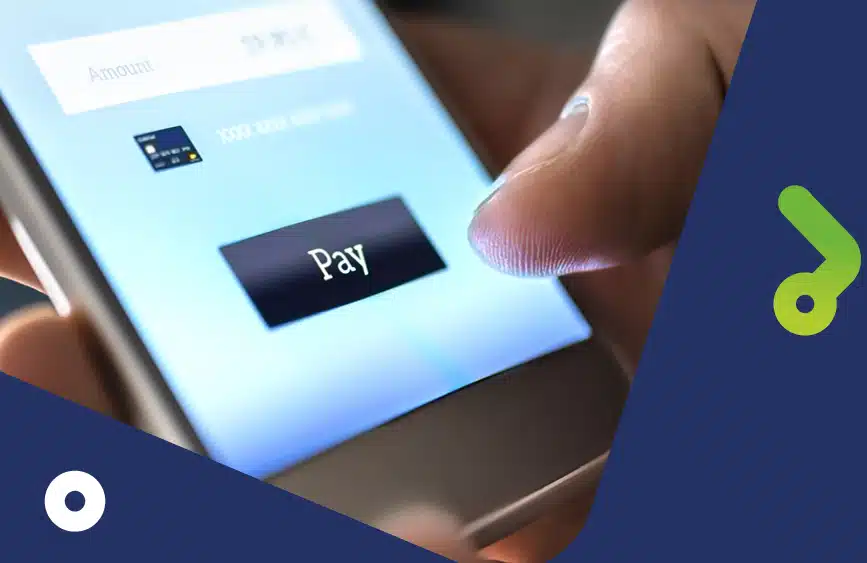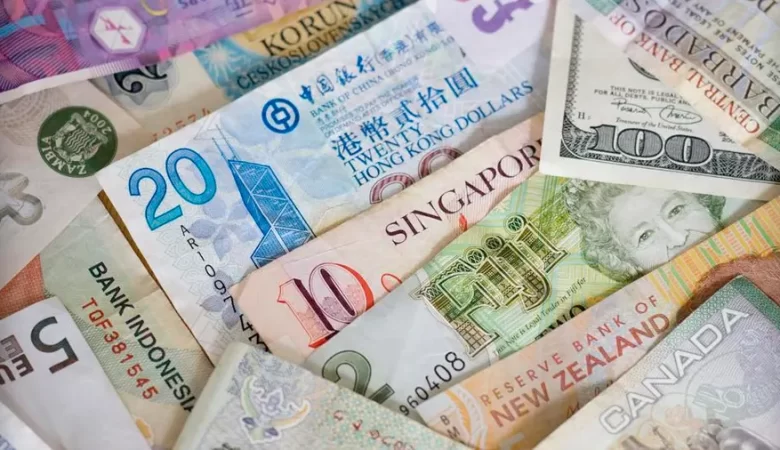E-wallets are already a common way to make online payments, send money abroad, or share expenses. Such wallets are convenient, fast and easy to use, so they quickly became used by both ordinary consumers and companies.
Next, we will explain how e-wallets work, their benefits, and the future of e-wallet payments.
What is a digital wallet?
An e-wallet (digital or mobile wallet) is a payment method that allows people to make money transfers without using cash or physical payment cards.
Essentially, an e-wallet is a web or mobile app that stores payment information so you can make transfers faster and easier.
Because they don’t require you to enter personal or payment details when making a transfer, e-wallets are also more secure than alternative traditional payment methods. They are also the best way to pay for online purchases as they provide a fast and hassle-free payment process.
You can learn more about how e-wallets work here.
Today, there are many e-wallets available for payments and transfers around the world (such as PayPal, Google Pay or ApplePay), while others specialize in serving certain regions: Alipay and WeChat in Asia, M-Pesa in Africa, PagSeguro in South America.
Benefits of transferring money using e-wallets
Using an e-wallet for money transfers offers a number of advantages over other options.

1. Convenience
E-wallets allow users to store their favorite payment methods in one place: credit cards, bank accounts, gift cards, etc. This eliminates the need to use multiple money transfer or banking apps and makes it easy to make transfers quickly, anywhere, anytime.
2. Fewer costs
E-wallets usually have little or no transaction fees, making them a competitive alternative to traditional money transfer methods. Low costs are the main advantage in case of international transactions or frequent transfers.
3. Faster transactions
To make a money transfer using an e-wallet, users only need to log into the wallet application. There is no need to enter payment details manually, or anything else. This simplified process, together with fast delivery (instant or less than 24-hour credit) makes e-wallets a better option than, for example, bank transfers.
4. Security
E-wallets provide an additional layer of security as card or bank account details are never exposed during a transaction. In addition, most e-wallet services use security mechanisms such as encryption, biometric authentication, and 3DS verification to protect users from potential fraud and data leakage.
5. Availability
It can be noted that e-wallets are becoming a favorite way to transfer money, as users increasingly prefer them over cash. With high transaction speeds, low costs, and ease of use, e-wallets are one of the easiest ways to spread scheduled spending, split bills, or send international money transfers.
The future of e-wallets?
There were 3.4 billion e-wallet users worldwide in 2022 and this number is expected to grow by 50% by 2026.
But the development of electronic wallets and alternative payment solutions also requires simplification. The more payment methods become available, the more consumers and merchants will need an easy way to manage between all of these methods from a single application.
Just as banks transmit transfers via SWIFT or consumers and merchants communicate with each other via payment networks (Visa/Mastercard), Fin.do can serve as a means of communication between payment solutions (existing or emerging).
Fin.do already provides instant communication between payment cards and is working to become an intermediary between payment systems and methods (electronic wallets, banks, cards, etc.).
For both consumers and merchants, Fin.do acts as an instant way to transfer, exchange currencies and receive payments, regardless of the payment methods involved in transactions.
Fin.do is now used by users all over the world as an instant, secure and easy way to transfer money internationally between cards.





